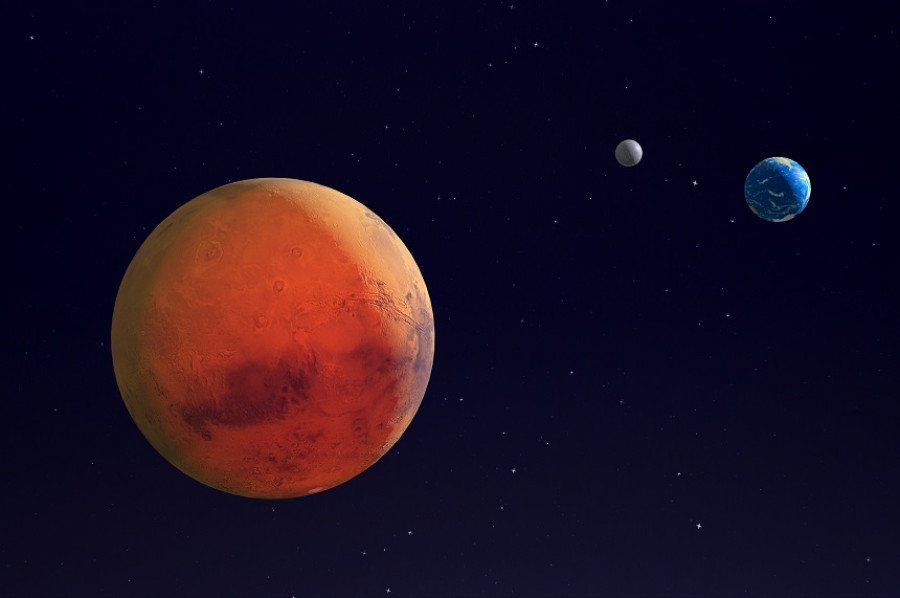Adapting to extreme environments
Students explore the extreme environment on Mars, how we humans could adapt to live on Mars and how to use some of the ideas and apply them to life on Earth.
- Grade 6
- 3 activities
- 2.2 hours

Big idea
The solar system is part of the Milky Way, which is one of billions of galaxies. What is an extreme environment? What extreme environments exist on Earth or in our galaxy?
Learning objectives
- Understand possible challenges and opportunities humans face if moving to Mars.
- Learn passive, cost effective ways that we can keep cool in the summer without using too much energy.
- Share these ideas with others in a public service announcement (PSA).
Activities
BC curriculum fit
Science 6
Big idea
The solar system is part of the Milky Way, which is one of billions of galaxies.
- Inquiry questions: What is an extreme environment? What extreme environments exist on Earth or in our galaxy?
Curricular competencies
Questioning and predicting
- Demonstrate a sustained curiosity about a scientific topic or problem of personal interest
- Make observations in familiar or unfamiliar contexts
Processing and analyzing data and information
- Experience and interpret the local environment
- Identify First Peoples perspectives and knowledge as sources of information
Evaluating
- Identify some of the social, ethical, and environmental implications of the findings from their own and others’ investigations
Applying and innovating
- Contribute to care for self, others, and community through personal or collaborative approaches
- Transfer and apply learning to new situations
- Generate and introduce new or refined ideas when problem solving
Communicating
- Communicate ideas, explanations, and processes in a variety of ways
- Express and reflect on personal, shared, or others’ experiences of place
Assessments
- Assess students’ understanding of extreme environments, on Earth and on Mars
- Assess students’ thought progression and writing ability
- Assess students’ participation and cooperation in group work
- Assess students’ understanding of passive design solutions
Background info
Humans on Mars
NASA has been sending exploratory missions to Mars since 1992, with the most recent robotic explorer called Perseverance, landing in 2020. Private company, SpaceX, is also conducting tests with the goal of taking humans to Mars. There are massive physical challenges with taking humans to Mars, including lower gravity, extreme temperatures, lack of water and oxygen. There are also major psychological challenges to moving humans to a distant planet. These challenges are being studied and addressed in space programs around the world.
Extreme weather on Earth
There are extreme climates on Earth, in places such as Antarctica, where humans have been challenged to survive. Extreme weather events like hurricanes, floods and heat waves are becoming more common as the climate changes, and certain populations and communities are more vulnerable when those extreme events happen. Building resilient communities, where people are aware of the vulnerable populations and are prepared to help them, allows for faster recovery after extreme weather events.
Passive design solutions can help people to adapt to heat, without using more energy on air conditioners, which further impacts the planet. These solutions are often inexpensive, making them accessible to more people. Passive design solutions during extreme heat include actions like closing curtains and blinds to block direct sun, planting more trees, using fans strategically, and cooling off the body instead of the whole room.




